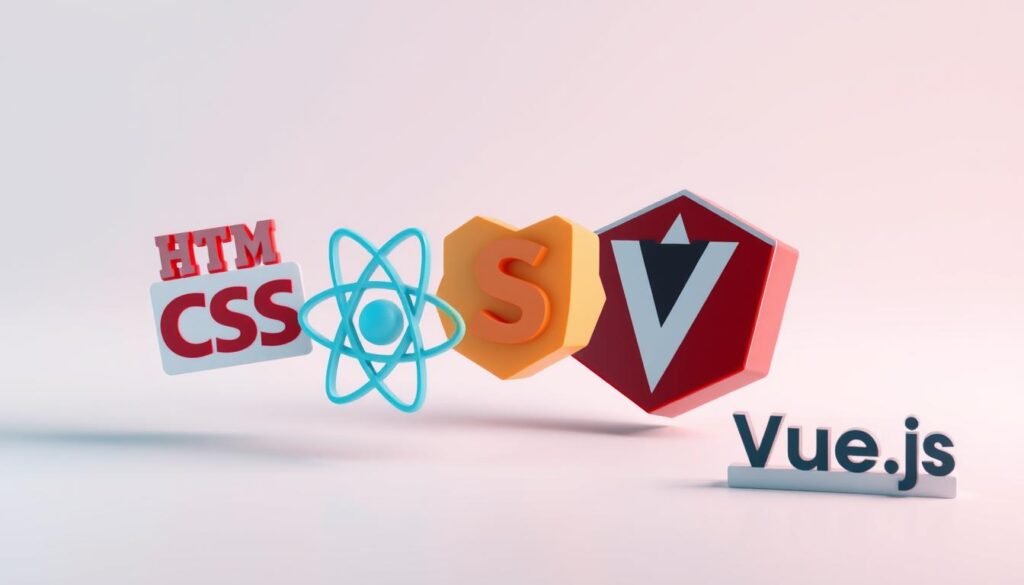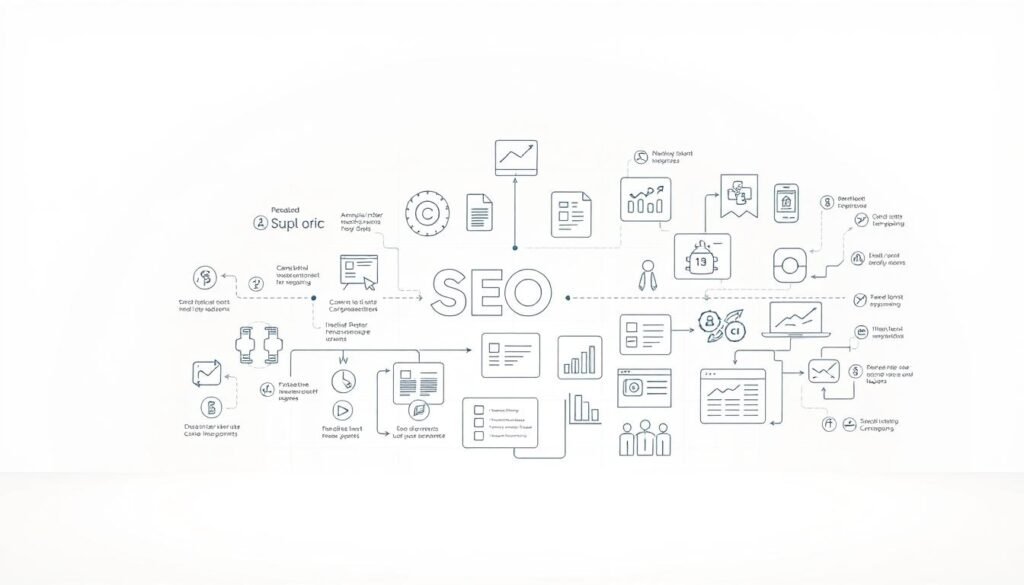When you interact with a website—clicking buttons, scrolling through pages, or filling out forms—you’re experiencing the results of front end web development. This area of expertise revolves around crafting the parts of a site that users directly see and engage with. It involves designing and coding visual elements like navigation menus, page layouts, and interactive features that respond seamlessly to taps, swipes, and clicks.
Professionals in this field translate static mockups into fully responsive interfaces using HTML, CSS, JavaScript, and modern frameworks. They ensure that sites look great and function properly across all devices—from smartphones to large desktop screens.
To understand what front end web development is, think of it as the bridge between design and functionality. Unlike backend roles that manage data and servers, front end developers focus on the client side, working to enhance usability and deliver smooth user experiences. With tools that support rapid prototyping and real-time interaction, they continuously optimize performance while maintaining visual appeal.
Table of Contents
ToggleKey Takeaways
- Focuses on visible elements users interact with directly
- Relies on HTML, CSS, and JavaScript as foundational tools
- Ensures consistent experiences across multiple screen sizes
- Transforms design concepts into functional interfaces
- Balances visual appeal with technical optimization
Introduction to Front-End Web Development
Every click, swipe, and scroll you make is shaped by meticulous interface design. Specialists in this field construct the visual layers that turn static concepts into living digital spaces. Their work determines whether a user experience feels effortless or frustrating.
These professionals collaborate closely with designers to translate mockups into functional elements. Buttons that react to hover states, forms that validate inputs instantly, and menus that adapt to screen sizes—all require precise coding. It’s not just about making things look pretty; it’s about engineering responsiveness.
Successful projects hinge on teamwork between interface experts and backend developers. While one group focuses on what users see, the other manages data flow behind the scenes. Together, they ensure animations load quickly and information updates without page refreshes.
Prioritizing practical usability separates good interfaces from great ones. Developers must ask: Can visitors navigate intuitively? Does the layout maintain clarity across devices? Answers guide decisions about grid systems, typography, and interactive feedback.
Modern tools like React and Vue.js empower creators to build dynamic features efficiently. Yet core skills in HTML, CSS, and JavaScript remain indispensable. They form the foundation for every scroll-triggered effect and real-time dashboard you encounter online.
Essential Languages and Tools for Front-End Development
Three core technologies power every interactive interface you encounter online. Mastering these allows creators to build responsive layouts, polished visuals, and real-time updates that engage visitors.
Building Blocks: HTML & CSS
HTML5 structures content using semantic tags like <header> and <article>. These elements help search engines understand page organization while improving accessibility. Modern markup supports embedded media and offline storage capabilities.
CSS3 transforms raw structures into branded experiences. Flexbox and Grid systems create adaptive layouts that reflow content across devices. Custom properties enable consistent color schemes, while media queries adjust designs for different screen widths.
Interactivity Through JavaScript
This programming language converts static pages into dynamic applications. Event listeners respond to user actions like clicks or keystrokes, triggering DOM updates without reloading. Features like form validation and content filtering happen instantly through client-side execution.
| Language | Primary Role | Key Features |
|---|---|---|
| HTML5 | Content structure | Semantic tags, Canvas API |
| CSS3 | Visual styling | Flexbox, Animations |
| JavaScript | Behavior control | DOM manipulation, Async operations |
Together, these languages form a development toolkit that addresses both aesthetic and functional needs. They enable features from parallax scrolling effects to live chat interfaces while maintaining cross-browser compatibility.
Key Front-End Frameworks and Libraries
Modern digital experiences demand more than basic coding skills. Powerful frameworks and libraries empower developers to build complex applications faster while maintaining clean, scalable codebases. These tools solve common challenges like state management and responsive layouts.
React, Angular, Vue.js: Modern Solutions
React’s virtual DOM revolutionized interface updates since its 2013 debut. Facebook’s library excels at managing dynamic content in single-page applications through reusable components. Angular provides Google-backed structure with built-in routing and MVC architecture for enterprise-scale projects.
Vue.js combines flexibility with approachability. Its reactive data binding simplifies real-time updates without steep learning curves. All three frameworks prioritize performance while reducing manual DOM manipulation.
jQuery and Bootstrap: Streamlining Design
jQuery dominated web interactions for over a decade by simplifying AJAX calls and animations. Though less critical today, it remains useful for quick DOM modifications. Bootstrap accelerates prototyping with pre-built grids and components that adapt to any screen size.
These libraries let developers focus on unique features rather than reinventing common patterns. They bridge the gap between design mockups and functional code, especially when tight deadlines loom.










